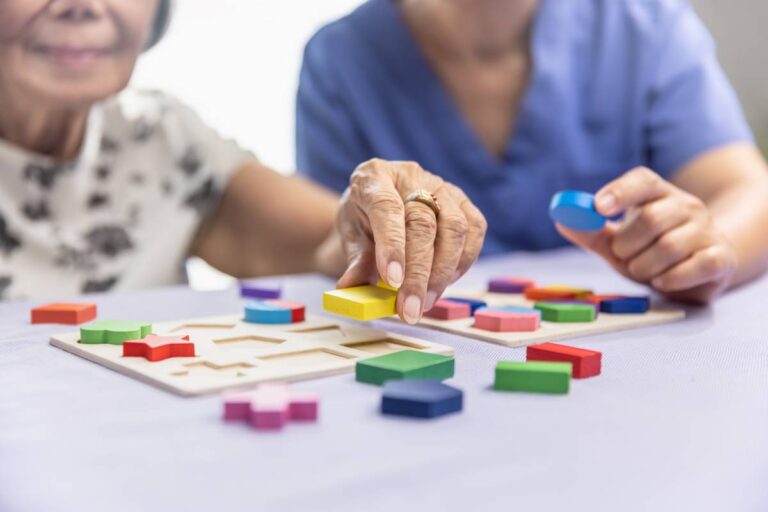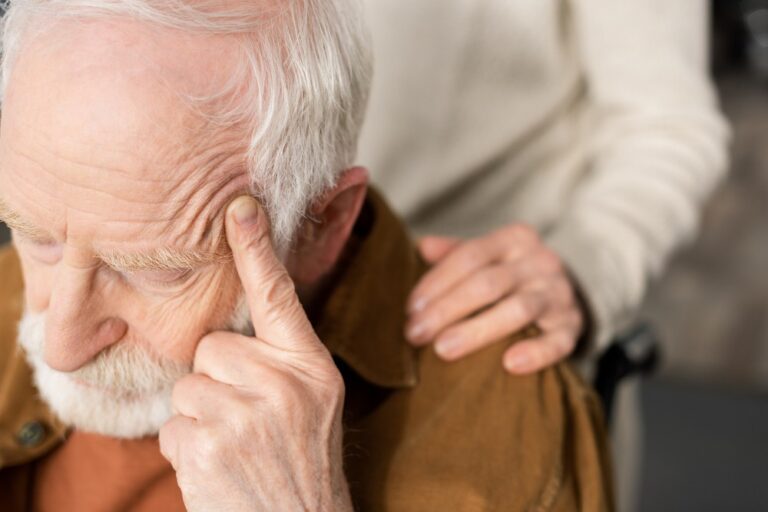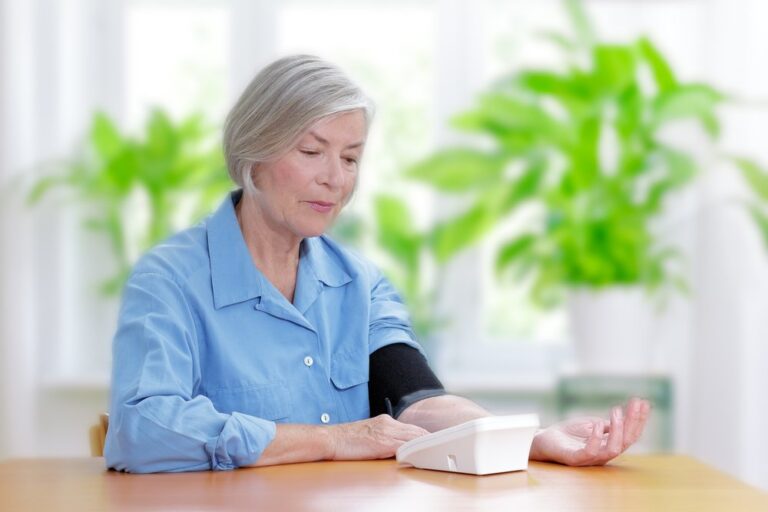Diabetes in older people is a condition that is becoming a real concern for public health. According to the World Health Organization, more than 422 million people worldwide have diabetes, and a large percentage of them are older people.
But why? To have a clear understanding of the topic, we need to first understand what diabetes is and then how diabetes affects older people. So let’s go!
What is diabetes?
Diabetes is a chronic disease that occurs when the body cannot adequately regulate glucose levels in the blood, a type of sugar that is the main source of energy for the body. This can happen because the body does not produce enough insulin or does not use it effectively. Insulin is a hormone that helps the body’s cells absorb glucose from the blood.
Types of diabetes Mellitus
There are several types of diabetes, but the most common are type 1 diabetes and type 2 diabetes.
- Type 1 diabetes, which is usually diagnosed in childhood or adolescence, occurs when the body’s immune system destroys cells that produce insulin.
- In the case of type 2 diabetes, which usually appears in adulthood and is most common in older adults, the body produces insulin, but does not use it properly.
How does diabetes affect the elderly?
Diabetes in older people is especially problematic. With age, insulin production may decrease and resistance to this hormone may increase, which can lead to type 2 diabetes.
In addition, diabetes in older adults can aggravate other chronic diseases that older people usually present, such as cardiovascular, kidney and eye diseases.
Symptoms of diabetes in older people
In older people, the symptoms of diabetes can vary, and some can be confused with the normal aging process. Below, we will mention some of the most common symptoms to take into account:
- Increased thirst and urination: Diabetes in older people means that these older people may experience a persistent feeling of thirst, which leads to drinking more water than usual. This can lead to increased frequency of urination, even at night.
- Unexplained weight loss: If an older person loses weight for no apparent reason, this may be a sign of diabetes. A lack of insulin or the body’s inability to use it properly can cause the body to break down fat and muscle stores for energy.
- Fatigue and weakness: Seniors with diabetes may feel constantly tired or fatigued, even after adequate rest. This is because the body cannot efficiently use glucose as an energy source.
- Vision changes: Diabetes can affect eye health and cause vision changes. Older people may experience blurred vision, difficulty focusing, or seeing dark spots.
- Frequent infections: Older people with diabetes may be more likely to develop infections, such as skin infections, urinary tract infections, or fungal infections. The reason for this is high blood sugar levels, which can weaken the immune system.
- Slow wound healing: Older people with diabetes may notice that their wounds take longer to heal. This is because high blood sugar levels can affect blood circulation and damage blood vessels, making healing difficult.
Symptoms of type 2 diabetes in older adults
Signs of type 2 diabetes can be subtle and easy to miss. These may include fatigue, excessive thirst, increased frequency of urination, blurred vision, unexplained weight loss, and slow wound healing. It is important to keep in mind that these symptoms can develop slowly over several years.
Tests to detect diabetes
Diagnosis of diabetes is usually made through a series of blood tests that measure glucose levels. This may include a fasting blood test, a random blood glucose test, or an oral glucose tolerance test.
If a person has symptoms of diabetes and their blood glucose levels are higher than normal, they will be diagnosed with diabetes.
How to control diabetes in older people?
Managing diabetes in older people can be challenging, but with the right strategies, it is possible to keep blood glucose levels under control and reduce the risk of complications.
Food in older diabetic adults
A healthy diet is essential to control diabetes. To do this, you must consume a variety of healthy foods in the correct proportions, limit the intake of sugars and saturated fats, and eat at regular intervals during the day.
Exercise for older people with diabetes
Regular physical activity also plays a vital role in diabetes management. It can include moderate activities such as walking, swimming or cycling.
It is always important for older people to consult their doctor before starting any exercise program.
And remember, although diabetes in older people is a common and potentially serious condition, with the right diagnosis and treatment, it is possible to live well with diabetes in later life. So listen to your doctor’s instructions and start leading healthier habits!






